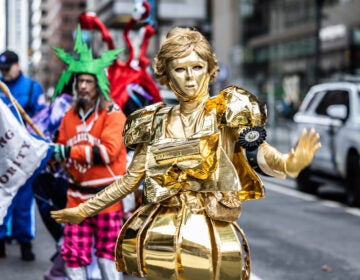The crossing of the Delaware you haven’t heard about
-
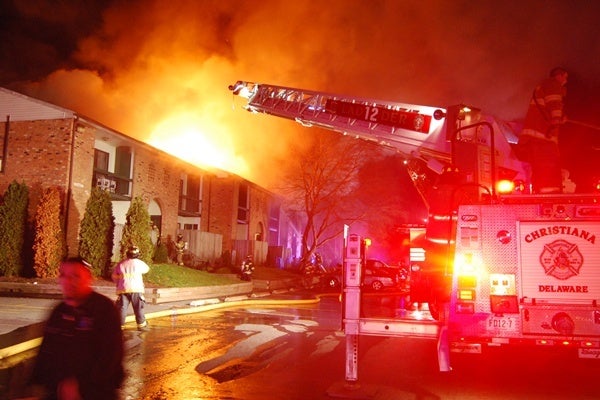
<p>Firefighters arrived at the Spring Run Apartment complex and found heavy smoke and fire around 2 a.m. (John Jankowski/for NewsWorks)</p>
-
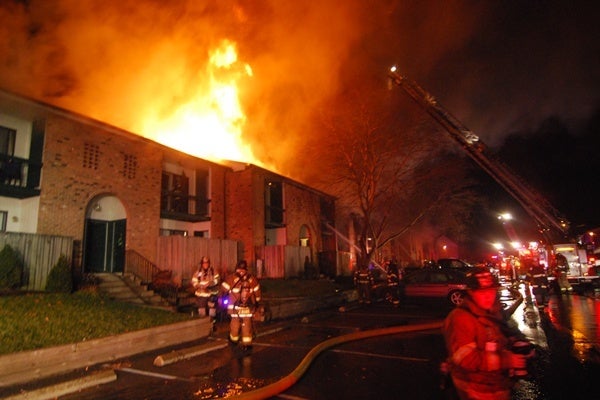
<p>One person was injured in the fire that damaged several units. (John Jankowksi/for NewsWorks)</p>
-
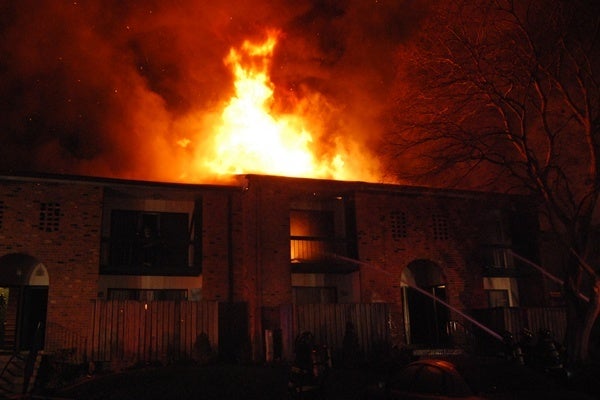
<p>State fire investigators are still trying to determine the cause of the fire. (John Jankowksi/for NewsWorks)</p>
-
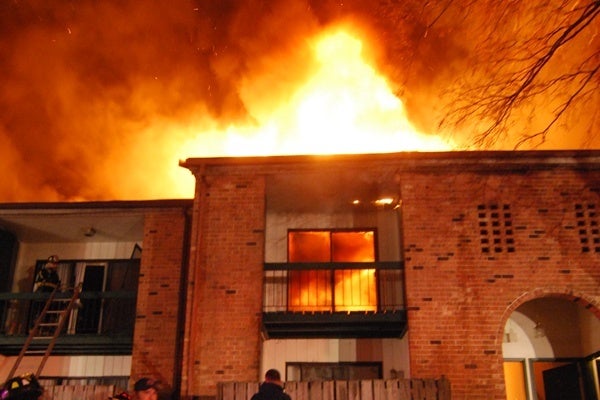
<p>(John Jankowksi/for NewsWorks)</p>
-
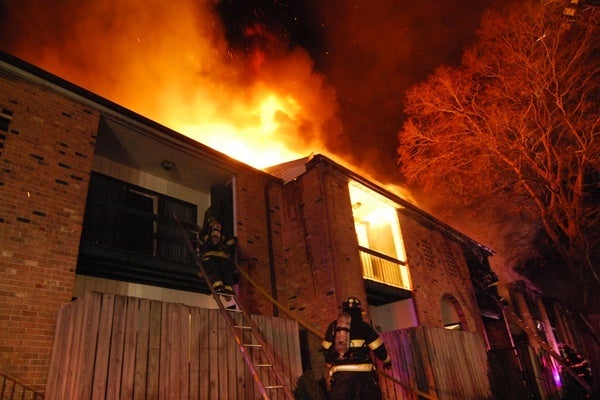
<p>Fire broke out at the Spring Run Apartment complex around 2 a.m. Wednesday. (John Jankowski/for NewsWorks)</p>
-
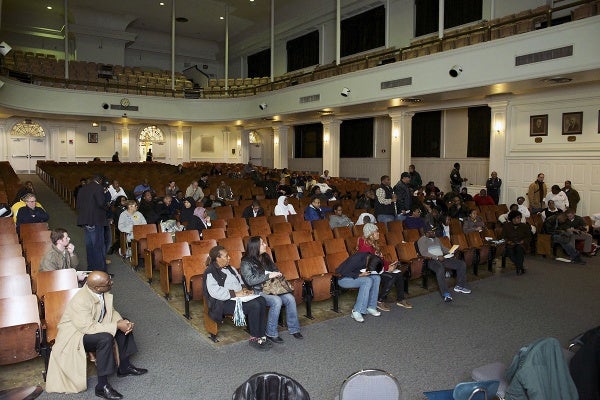
<p>The district cited shrinking enrollment as a reason to close GHS. (Bas Slabbers/for NewsWorks)</p>
-
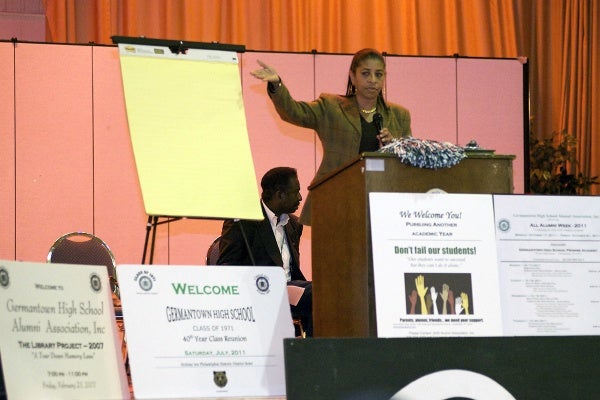
<p>Vera Primus, president of Germantown High School's alumni association, says the school district needs to hear "our united voice saying, 'it's not going to happen on our watch.'" (Bas Slabbers/for NewsWorks)</p>
-
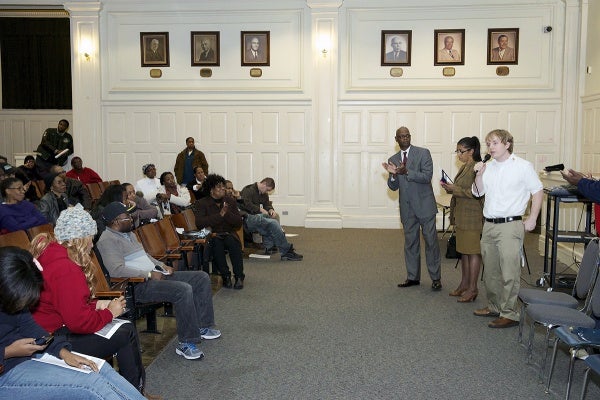
<p>A teacher and union representative speaks. (Bas Slabbers/for NewsWorks)</p>
-
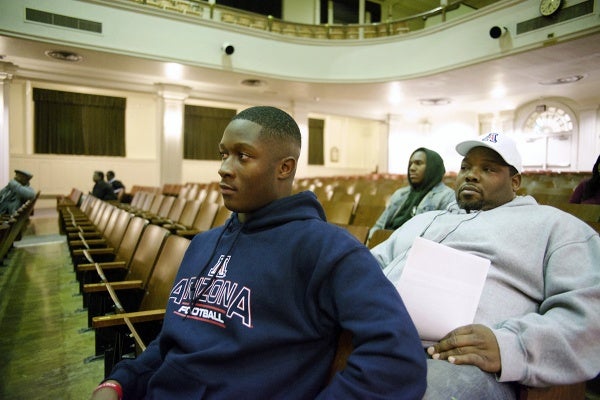
<p>Will Parks (Class of '11) was one of the younger alumni at the meeting. (Bas Slabbers/for NewsWorks)</p>
-
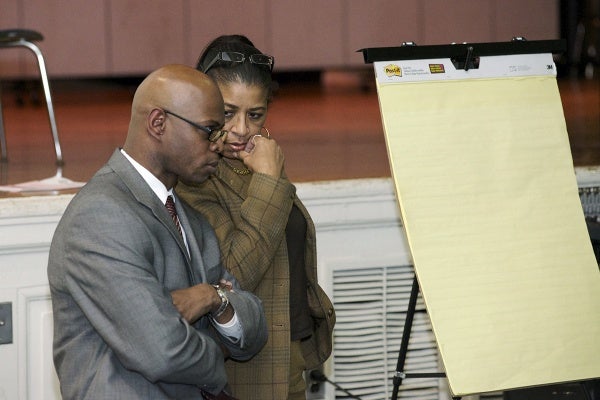
<p>State Rep.-elect Stephen Kinsey and Vera Primus, president of Germantown High School's alumni association, strategize an approach to keep GHS open next year. (Bas Slabbers/for NewsWorks)</p>
-
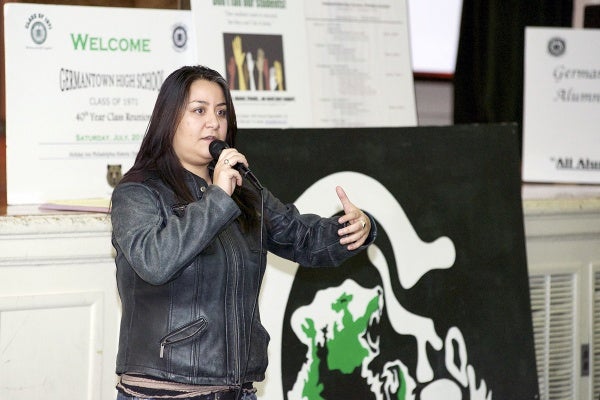
<p>Jasmine Rivera of Action United addresses the crowd. (Bas Slabbers/for NewsWorks)</p>
-
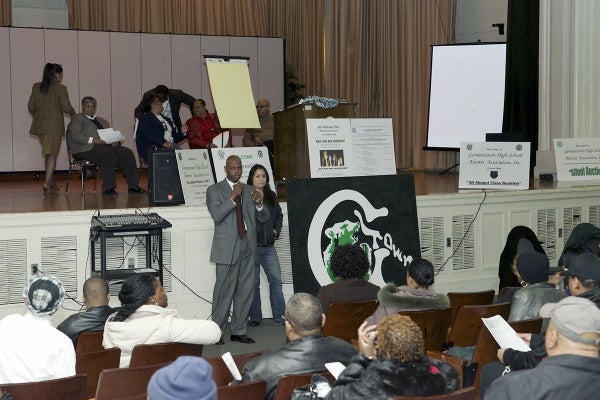
<p>Kinsey rallied the keep-GHS-open troops. (Bas Slabbers/for NewsWorks)</p>
-
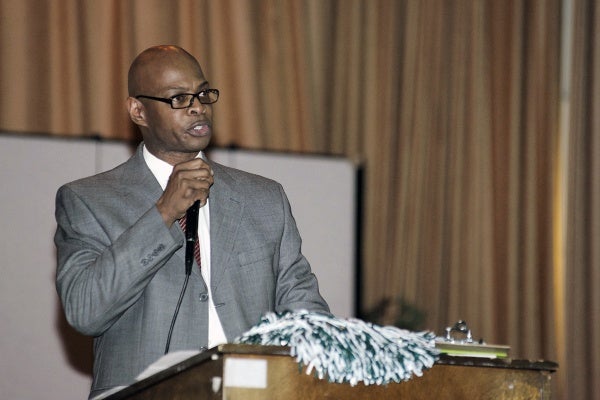
<p>"We will not let Germantown High School die," said state Rep.-elect Stephen Kinsey, a GHS grad. (Bas Slabbers/for NewsWorks)</p>
-
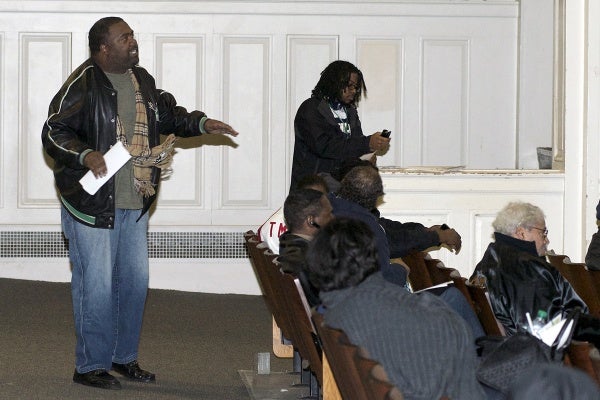
<p>Alumni association member Appollos Baker made himself heard at Tuesday night's meeting. (Bas Slabbers/for NewsWorks)</p>
-
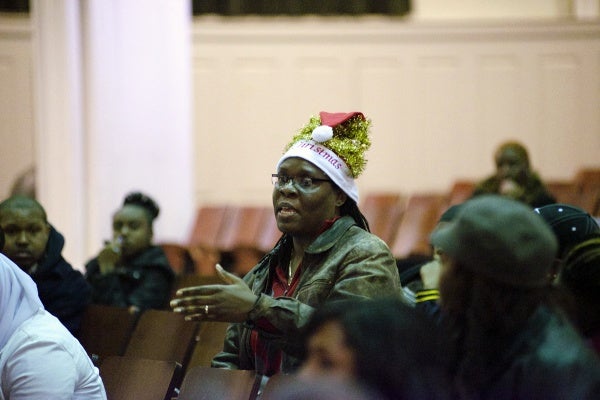
<p>During an emotional meeting, organizers focused largely on one message: all hands on deck. (Bas Slabbers/for NewsWorks)</p>
-
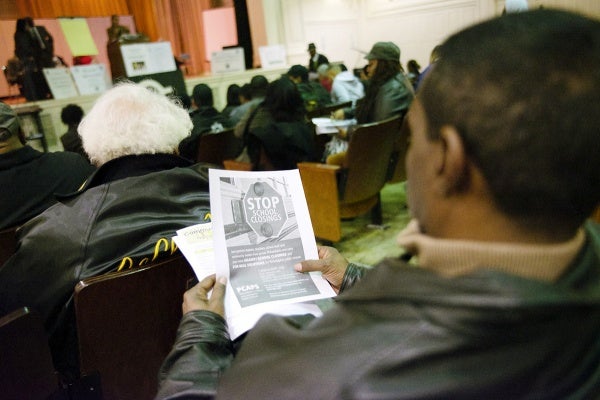
<p>Flyers were handed out to spread the word about upcoming events. (Bas Slabbers/for NewsWorks)</p>
-
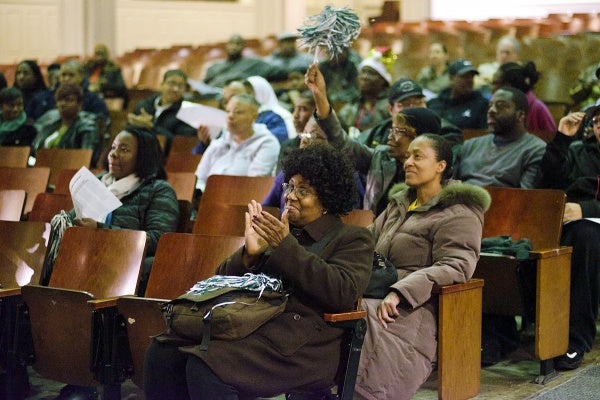
<p>Germantown High School alumni are planning a Dec. 27 rally at the school or nearby Vernon Park. (Bas Slabbers/for NewsWorks)</p>
-
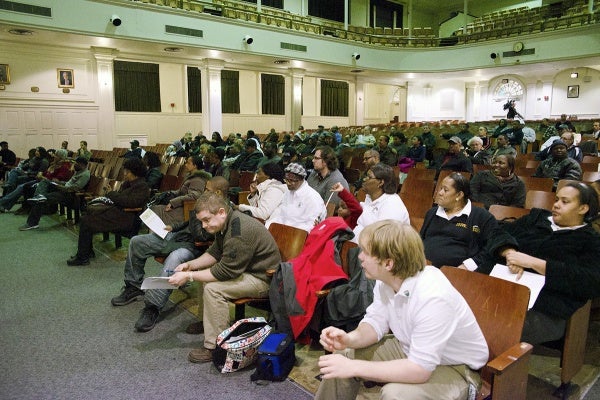
<p>Germantown High School alumni discuss the school's future at a Wednesday night meeting called to mount opposition to a district proposal to close it in June. (Bas Slabbers/for NewsWorks)</p>
-
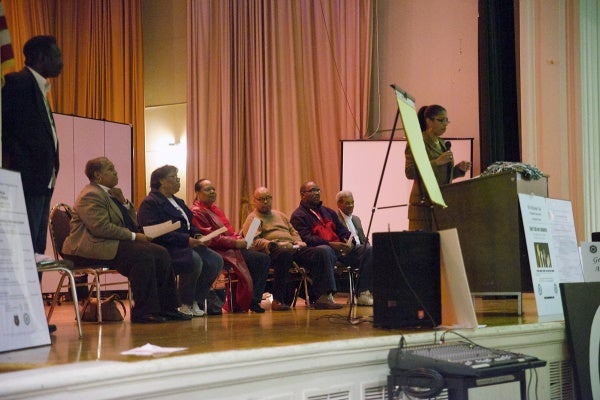
<p>Board members of the Germantown High School's alumni association are calling for a collective effort to fight the district's plan. (Bas Slabbers/for NewsWorks)</p>
-

-
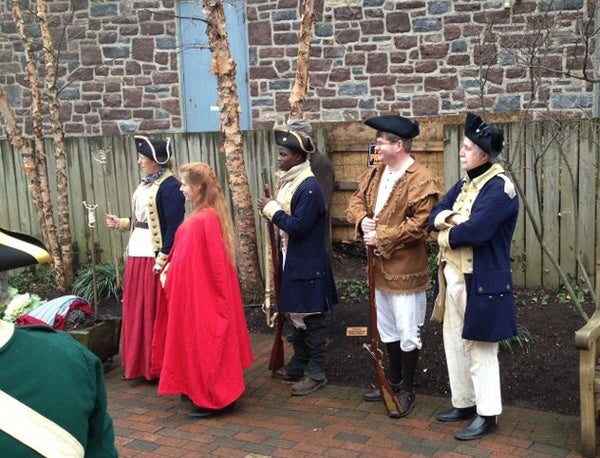
<p>(NewsWorks Photo)</p>
-
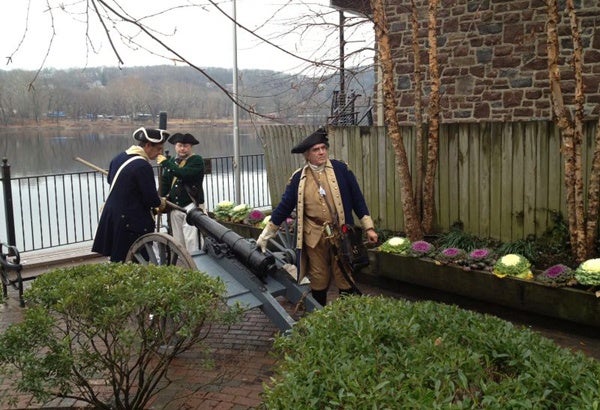
<p>(NewsWorks Photo)</p>
-
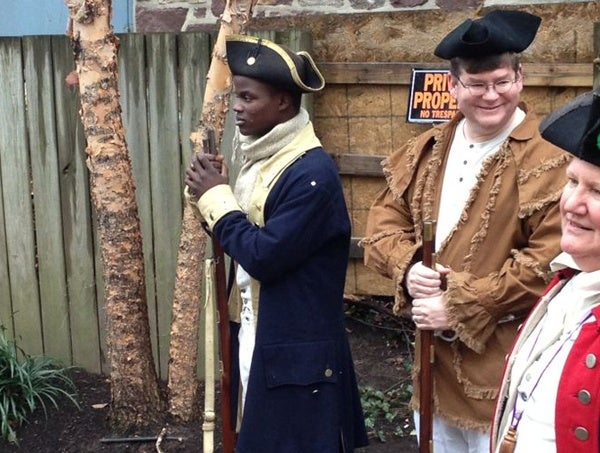
<p>(NewsWorks Photo)</p>
Thousands of people will gather at Washington Crossing Historic Park Tuesday to witness the re-enactment of George Washington’s daring Delaware River Crossing of 1776 that turned the tide of the American Revolution. But it just may have been a lesser known crossing by another future American president hours earlier that made it all possible.
Those who watch the annual re-enactment, bringing to life the famous painting by Emanuel Leutze of Washington crossing the Delaware River won’t see James Monroe. The future president was an 18-year-old lieutenant in 1776. In the painting, he’s shown holding a flag and standing right behind Gen. Washington in the boat. That could not have been possible, says Walter Brosz, historic interpreter at Washington Crossing Historic Park in Bucks County.
“According to James Monroe in his autobiography, he states that he is crossing the river with Capt. William Washington, a cousin of George Washington, and 50 other men at Coryell’s Ferry,” said Brosz.
What in 1776 was Coryell’s Ferry, Pennsylvania, today is New Hope, and Coryell’s Ferry, New Jersey, is now Lambertville. Scott Harris, director of the James Monroe Museum in Fredericksburg, Virginia, is not completely convinced Monroe crossed at Coryell’s Ferry.
“A detachment of some 40 men led by Capt. William Washington and including Lt. James Monroe crossed hours ahead of the main army,” said Harris. “Did he cross at McConkey’s Ferry or at Coryell’s Ferry as Monroe seemed to recall decades later during his presidency? There is not enough evidence to say with any certainty which place is the place.”
Don’t tell that to New Hope resident Bob Gerenser, an amateur historian and Revolutionary War re-enactor.
“In the autobiography of James Monroe by Jerry Brown, in his own words James Monroe states that Col. Varnam of the Virginia Regiment was looking for troops to do a special mission,” said Gerenser. “Their orders were to gather at Coryell’s Ferry, take the ferry by Coryell’s, get inland to the Princeton-Pennington Road and hold that road for six hours. That’s all Washington wanted them to do.”
Regardless of where Monroe actually crossed, what is agreed upon is the man who would become the fifth president fought in the Battle of Trenton. He and Capt. William Washington were injured. Monroe carried the musket ball that hit him in his shoulder until the day he died in 1831.
And now, 236 years later, Monroe’s Crossing is commemorated and re-enacted every year in New Hope and Lambertville on the second Saturday of December with Gerenser playing the part of Capt. William Washington as he leads the troops down to the banks of the Delaware River. Even though the crossing was a secret maneuver, re-enactors fire cannons.
Harris of the Monroe Museum is pleased at the attention that Monroe and the smaller crossing are getting even if the true location is in dispute.
“Well to me, where Monroe crossed is less important than what he did at the Battle of Trenton,” said Harris.
Regardless of where Monroe crossed the Delaware River on Christmas Day of 1776, Gerenser says Lambertville and New Hope hold secure places in history for the role the river towns played in the American Revolution.
“It is said that without the Delaware River and Washington’s bold stroke at Trenton, the Revolution would have been lost. The army would have evaporated,” said Gerenser. “Without New Hope and Lambertville, the chances of Washington’s success on the 25th and 26th would have been nil.”
WHYY is your source for fact-based, in-depth journalism and information. As a nonprofit organization, we rely on financial support from readers like you. Please give today.



